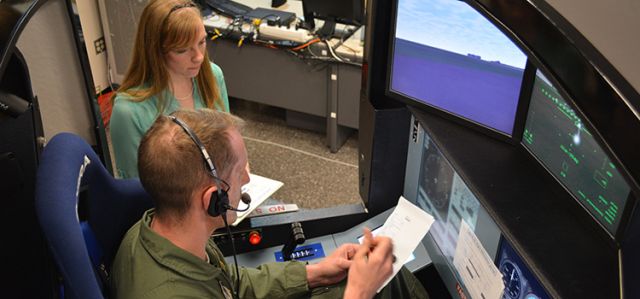Document Type
Conference Paper
Publication Date
8-2010
Publication Source
34th Annual Meeting of the American Society of Biomechanics
Abstract
Walking speed is commonly used to predict stroke severity and assess functional walking status (i.e., household, limited community and community walking status) post-stroke. The underlying mechanisms that limit walking speed (and functional walking status by extension) need to be understood to improve post-stroke rehabilitation. Previous experimental studies have shown correlations between paretic plantarflexor output during the pre-swing phase and walking speed and suggest that the paretic hip flexors can compensate in some hemiparetic subjects. Modeling and simulation studies of healthy walking have shown that the ankle plantarflexors, soleus (SOL) and gastrocnemius (GAS), and uniarticular hip flexors (IL) are essential contributors to the walking subtasks of forward propulsion, swing initiation and/or power generation during pre-swing. However, the relationships between functional walking status and individual muscle contributions to these walking subtasks in hemiparetic walking are unknown. The goal of this study was to use 3D forward dynamics simulations to investigate the relationships between functional walking status in post-stroke hemiparetic walking and muscle contributions to forward propulsion, swing initiation and power generation.
Document Version
Published Version
Copyright
Copyright © 2010, Brown University
Publisher
Brown University
Place of Publication
Providence, RI
Peer Reviewed
yes
Sponsoring Agency
National Institutes of Health
eCommons Citation
Kinney, Allison; Peterson, Carrie L.; Kautz, Steven A.; and Neptune, Richard R., "Relationships between Muscle Contributions to Walking Subtasks and Functional Walking Status in Persons with Post-Stroke Hemiparesis" (2010). Mechanical and Aerospace Engineering Faculty Publications. 8.
https://ecommons.udayton.edu/mee_fac_pub/8
Included in
Biomechanics Commons, Biomedical Engineering and Bioengineering Commons, Exercise Science Commons, Mechanical Engineering Commons, Other Kinesiology Commons




Comments
The document is made available with permission from the publisher. Permission documentation is on file.
This work was funded by NIH grant RO1 HD46820 and the Rehabilitation Research & Development Service of the VA.